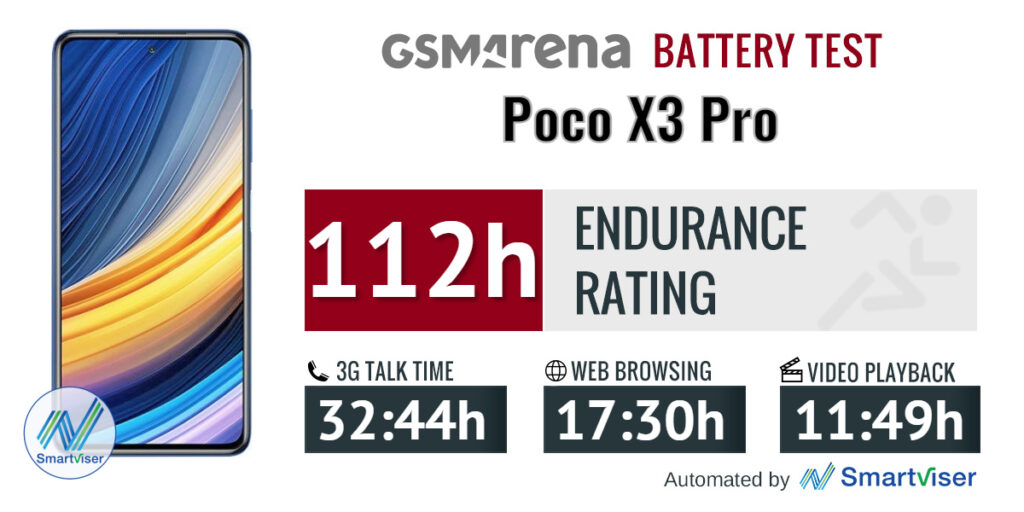Bounce Rate – The Often Misunderstood Metric
If you are keeping up within the world of SEO, you should know that times are changing and it is no longer enough to simply receive backlinks and create quality content to show off. Rather, SEO is increasingly valuing user response, and how visitors interact with your content. There are many metrics involved in this new form of website ranking, perhaps one of the most important is that of landing page design and that the effect of the “bounce rate”.
It is a much more forgotten metric than different vanity metrics such as visits, followers, or Facebook likes, but without a doubt, it is much more important than any of these. If you want to better understand what the bounce rate is and why it is important for SEO, this article will give you an overview.
What Is the Bounce Rate?
Bounce rate is a metric that measures how many users visit your website and leave it directly without visiting any other page on it. That is, all those who enter and exit the same page. It doesn't matter if it's a minute or it's 10; the bounce rate will be the same if everyone leaves once that page is read.
It's one of the key metrics for web analytics, and it measures, in part, your page's ability to convert sporadic visitors into loyal visitors. A visit that only enters one of your posts and leaves do not have the same value as one that arrives, stays, and visits other of your pages because it seemed interesting.
Why Bounce Rate Is Important?
Now let's get into the crucial part: why can this metric be so important in SEO? I tell you.
Let's start from the basis that Google is unable to understand what is inside a page. Google does not read the page and understand it to know if it is of higher or lower quality but instead uses us to assess its quality. If we stay longer on the web and do not leave as soon as we enter, that indicates to Google that the content is liked and not what is written.
In fact, we are starting to talk about a metric called Dwell Time, with which Google supposedly calculates the quality of pages through the interaction we make with them. And what metrics do you use to do it? The CTR, the duration of the session, and … Do I have to say it? The bounce rate.
In other words, Google decides whether or not to get on the SERPs by analyzing how many people click on your result, the time you are on the page and if you bounce from it once you enter it. Still, we have a little clarification to make about the bounce rate.
Imagine that your page was a landing page or a Parallax, so you would only have one page, and your bounce rate would be 100%. That doesn't mean that you can't rank on Google, as long as people don't automatically “bounce” off your website. What do I mean by this? Well, if a user clicks on your result in a search, enters, and directly leaves and clicks on another result, he will be telling Google that your page does not respond to his search.
And do you know what Google will do with your website if that happens many times?
Lower it, lower it and lower it again.
What is the Ideal or Acceptable Bounce Rate?
This is the question plaguing many website owners. And answer? It depends. You cannot compare a blog with an online store or a landing page with a newspaper. It is practically impossible to determine an adequate bounce rate since, even depending on the origin of our traffic, it may be higher or lower due to that cause.
For example, if your website traffic is mostly from Google, it is reasonable to have a slightly higher bounce rate. However, if your visits come through guest posts, links on other similar pages, or through downloadable content, the bounce rate will be lower.
In short, I hope that once you finish reading this post, you will go crazy to Google Analytics and see what the bounce rate of your website and the different pages that make it up is. Now that you know how important it is, you will surely start working to improve it.








